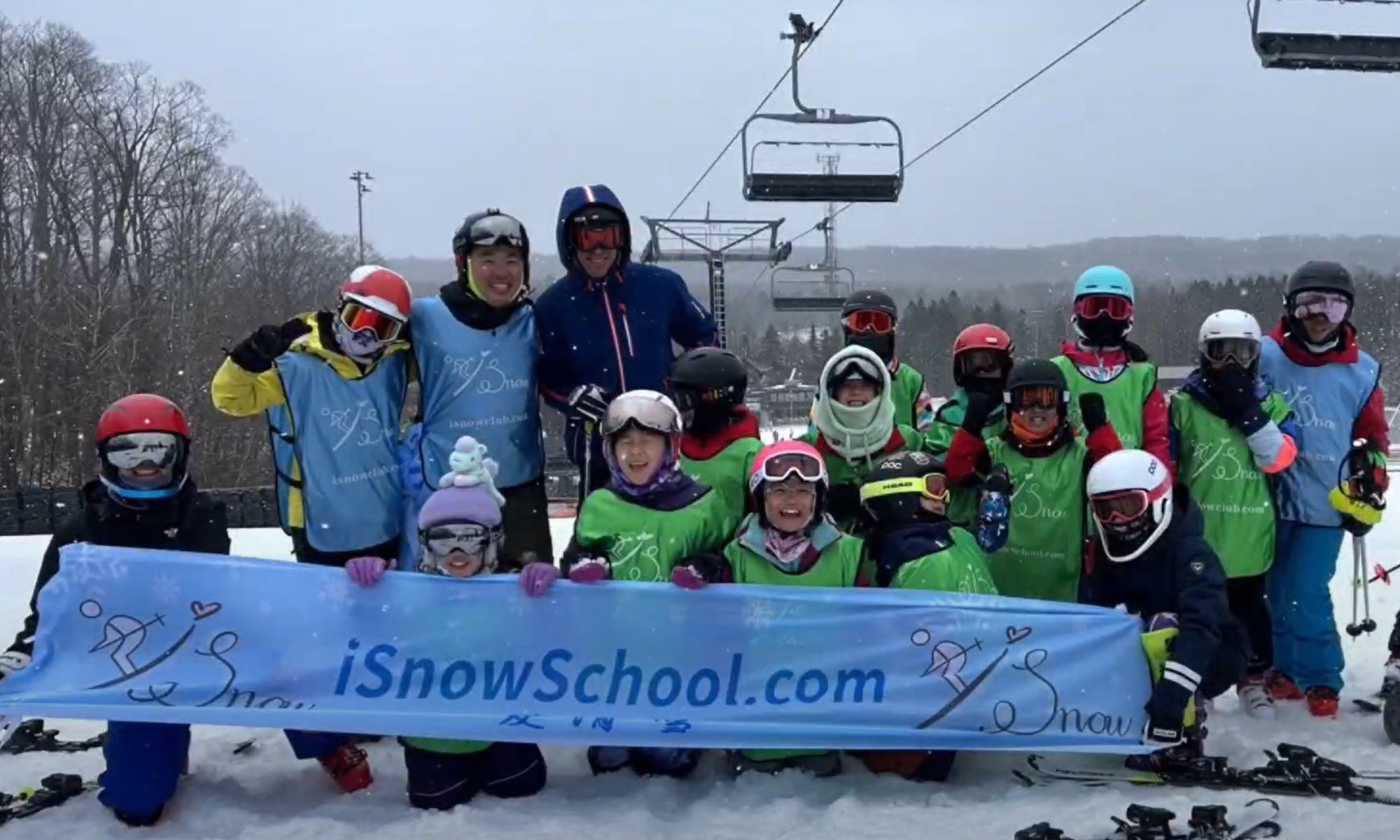Skiing, snowboarding that take place at ski areas involve the risk of injury. The information contained in this Safety and Risk Awareness page is intended to inform you of the risks, dangers and hazards that you may encounter at a ski area and help you to stay safe while enjoying these activities. Whether you are a participant in these activities or a parent or guardian of a minor participant, please take the time to familiarize yourself with the Safety and Risk Awareness information on this website.
Please check out: Alpine Responsibility Code
Alpine Ski/Snowboard Boot Binding Systems
The ski boot/binding system for alpine skiing may not release during every fall or may release unexpectedly. The ski boot/binding system is no guarantee that the skier will not be injured.
The snowboard boot/binding system is not designed or intended to release and will not release under normal circumstances. Given the snowboard boot binding system is a non-system, the system will not reduce the risk of injury during a fall and will increase the risk of not surviving an avalanche.
Helmets
A helmet designed for recreational snow sports may reduce the risk of some types of head injuries. Helmets are strongly recommended. In some ski area programs (for example snow school lessons involving minors) helmets are mandatory. Helmets for skiing and snowboarding are light, comfortable and have achieved wide-spread acceptance. Please note however that helmets have limitations and that serious head injury can still occur even when a helmet is worn. Wearing a helmet is no guarantee of safety.
Lift Safety
To travel uphill at Ski Areas, skiers and snowboarders use a variety of ski lifts. Users should be familiar with the use of lifts for their own safety and the safety of others.
There are many signs on and around ski lifts. Each is important in its own right, informing you about the process for loading, riding, and unloading the chair. Pay attention to and obey these signs when riding a chairlift. If you are unfamiliar with a lift or have questions, please ask a lift attendant for assistance and directions. Ski and snowboard lessons are also great ways to learn about using the ski lifts.
Important! Alpine Responsibility Code #9 states “You must not use lifts or terrain if your ability is impaired through the use of alcohol or drugs.”
Know before you go!
In addition to the Alpine Responsibility Code, here are some additional tips to keep you safe and enjoy your day on the slopes:
- Weather
- Plan ahead for variations in weather. Dress appropriately, and have properly tuned gear. Warmth and visibility are key safety components.
- UV rays are reflected from the snow surface. Always wear sunscreen, and goggles or sunglasses, even on cloudy days.
- Cold temperatures increase the likelihood of frostbite. Dress warm, bring extra layers and keep an eye on exposed skin. Go inside immediately if skin begins to turn white.
- Take note of the conditions. When the snow surface is hard and fast, it is easy to ski/ride at high speed, increasing the risk for serious injury if you fall and slide. Be aware of changing snow surface conditions.
- Keep hydrated and carry a snack with you to keep you fueled.
- Ski with a buddy.
- Identify meeting points with your group in case you become separated. All group members should know where to meet should separation occur.
- Carry a whistle and be particularly cautious when skiing/riding in the trees. Tree wells are a real risk. See more on Tree Well Safety.
- Helmets – it is highly recommended to wear a helmet while skiing and riding. Skiers and snowboarders are encouraged to educate themselves on the benefits and limitations of helmet usage. See more on snow sports helmets.
- Don’t over do it. Be aware of fatigue, many visitors are on vacation and might not be conditioned to ski/board long days. Warm up in the morning and stretch it out, then tone it down in the afternoon.
- Snowcats and snowmobiles may be encountered during operating hours. Give these vehicles plenty of space.
- Be aware of your surroundings.
- Be mindful of where you stop on the hill, for your safety and the safety of other skiers and snowboarders. When resting, move over to the side of the run. Never stop under a roller, jump, cat track, or on a blind corner, as uphill skiers will not be able to see you.
- Always be aware of other skiers and snowboarders. Look uphill before you commence downhill, and yield to other skiers and snowboarders.
To learn more about skiing / snowboarding safety, please visit:
and:

